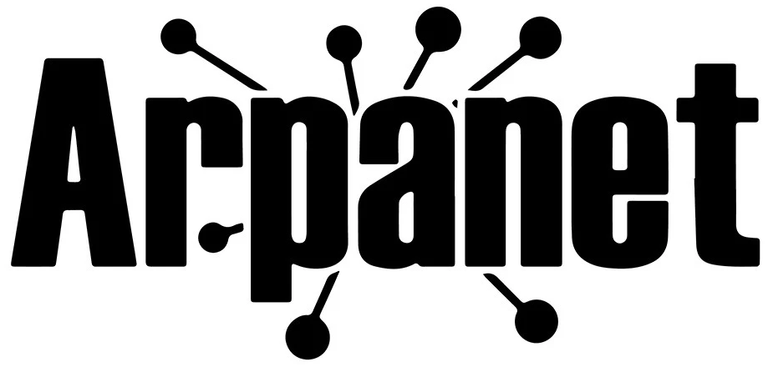How to fight Google's Core Algo Update 3
| filed under: Core Algorithm Update, Search Results, SEO, Google Core, Google Search Core Update, Google Core Update, Organic SearchI know! There are so many popups, popovers, GDPR buttons, teasers, sign-up forms, and even things like wiggly-bigglies that are supposed to attract the eye and compel. Anything that disrupts the mad rush that a visitor that passes from Google Search is docked.
To Dock, as in one’s pay, is to remove part of, to reduce (one's salary). Verb
So, if you want to be a dounchebag, then just pay Google for Search Ads and Google won’t care if you follow best practices; otherwise, the template that you should use as an ideal form for your website should be Wikipedia’s and Google Search’s love child baby.
If you want to see Google show itself as the hypocrite it is, offer it lots of money.
Nothing gets in the way of what someone is looking for when they search on Google Search and what they find on Wikipedia. Consider everyone in a rush. If you try to panhandle them all along the way like a 70s Hare Krishna at the airport, in Airport, the movie from 1980.
Those two dudes below are named Popup and Popunder and they’re in the way of Google’s customer getting to your plane, by which I mean your website content.

Never get between Google Organic Search visitors and what Google recommended to them via their Search Engine Results Page (SERP). Just don’t do it! So, unless you really need it, don’t do it. And, if you do do it, then implement Delayed Popups.
To quote Get Site Control, “Delayed popups are shown after visitors spend a certain amount of time on a webpage.” Maybe that will help. It might be too late to wrangle them in if they’re in and out; however, if they’re in and out they maybe didn’t want to be there anyway.
As the saying goes, “don't get between a dog and his meat.” At the end of the day, remember you can always remove them if you can’t quite to the top of your search string. Remember, if Google gives you top billing, it’s worth ditching some inbound marketing tips, tricks, and scripts, isn’t it?
You can surely put all that crap all over the pages you really don’t mind sandbagging; also, you can always just implement a nice inline sign up form in HTML, CSS, and maybe a little JavaScript and if your visitor likes what she sees, she can always fill out the forms without those forms needing to be dastardly popups! They’re the worst, aren’t they? They always have been (between us girls)!
Make Your Site as Static as Possible
This dovetails nicely with what I have been saying before. It might be redundant since I harped on this, once-removed, on How to fight Google's Core Algo Update 2 and even on How to fight Google's Core Algo Update 1, but it is worth repeating again, here. Again. Again again, if you know what I mean.
This is a new time. Everyone who does what I do is obsessed with Google PageSpeed Insights. We are. Obsessed! We’re also obsessed with latency, ping, and lag. I mean, I was a Linux System Administrator (SA) back in the day and ping, latency, and lag have always been an obsession amongst SAs and Network Engineers since at least 1983 when TCP/IP was adopted as the protocol standard for ARPANET, the predecessor to the Internet.

But, now, if you run a website, you really are running network services and Internet applications, so it was just a matter of time before Google Search stopped handicapping all the neophytes and make Internet Search a professional’s game? Before, Google rigged the system a little bit because it had a little bit of liberté, égalité, fraternité in its core ethos: make organic search an even playing field!
Now, Google’s ethos has become, “When I was a child, I spake as a child, I understood as a child, I thought as a child: but when I became a man, I put away childish things.” Amen.
If you have limitless funds you can have it all. You can buy a site that is quick, gimmicky, and heavy. You just need to write big checks to Amazon Web Services (AWS) and then turn your website into an Internet version of the Bugatti Veyron: for a million dollars you can get a car that weighs 2.2 tons to go 0-60mph in 2.2 seconds and reach a top speed of 268mph.

If you’re not as well-suited or well-heeled, then you need to follow the advice that Colin Chapman gave as to how he made his little Lotus sportscars so quick and so dominant on the track even though he had no money and no support.
He said, “Simplify, then add lightness.” I need you to do just that. Do it, you won’t be disappointed. I promise! Here’s a legit old-school Lotus 7 from Chapman’s day.

I am out of steam now. I also want to run away and watch as many videos about Chapman and Lotus and even the car I burn to own, the Lotus 7-inspired Caterham! See you next time. Here are all the other topics we will sure discuss tomorrow. Enjoy and please consider liking, sharing, hearting, and subscribing to my Substack!
-
Cache as Hard as You Can
-
Optimize Your Images and Photos for Web
-
Auto Minify Your JavaScript, CSS, and HTML
-
Make Each Page Painfully Unique (No Duplicates)
-
Make Your Site Deeper than Shallower
-
Give Attention to SEO Titles and Descriptions
Don’t miss part 1 of How to fight Google's Core Algo Update and part 2 of How to fight Google's Core Algo Update!

